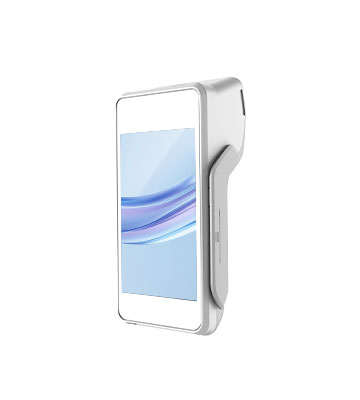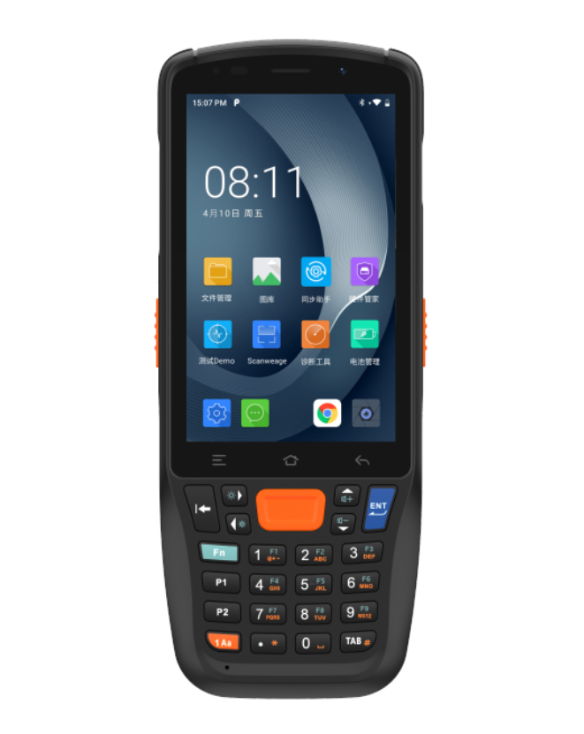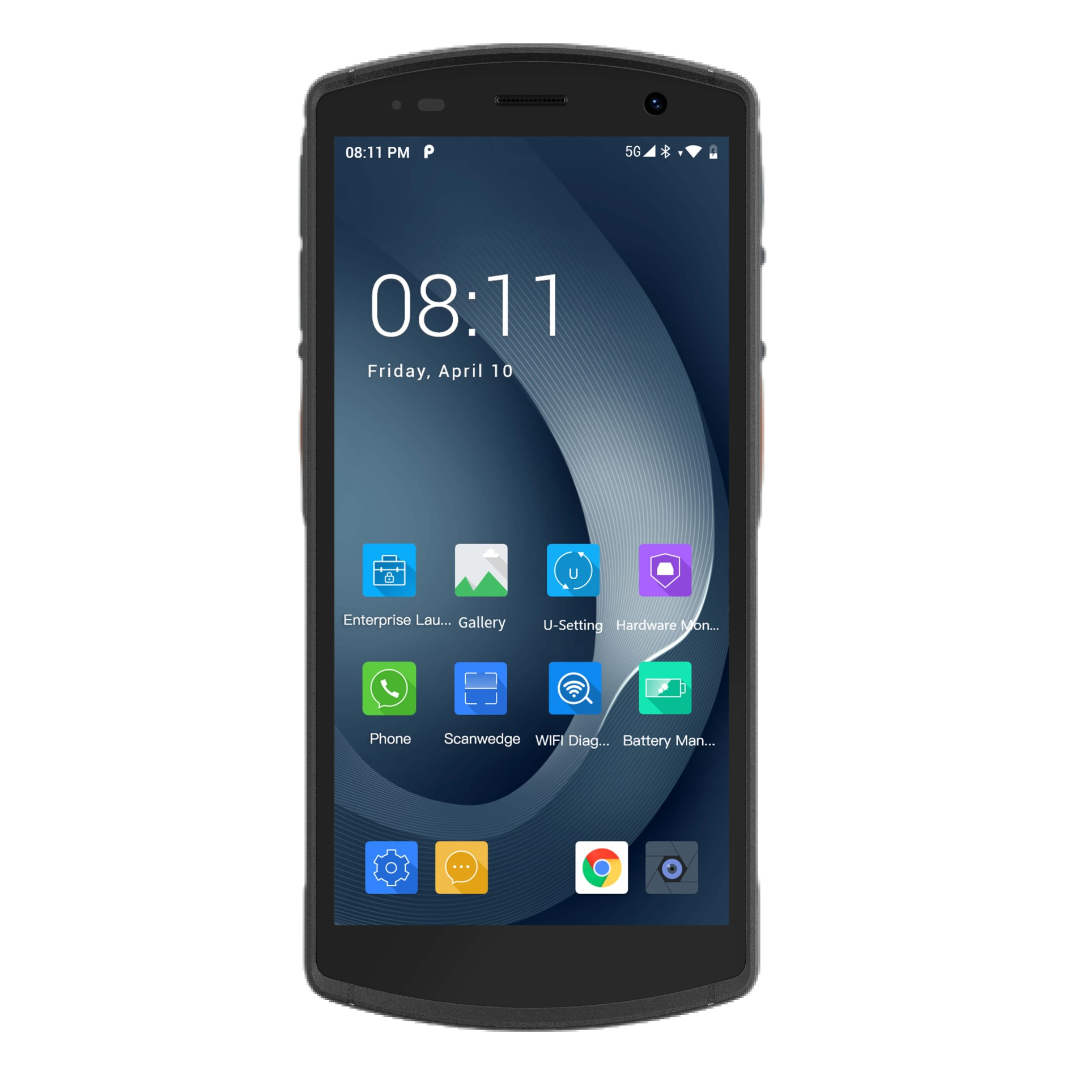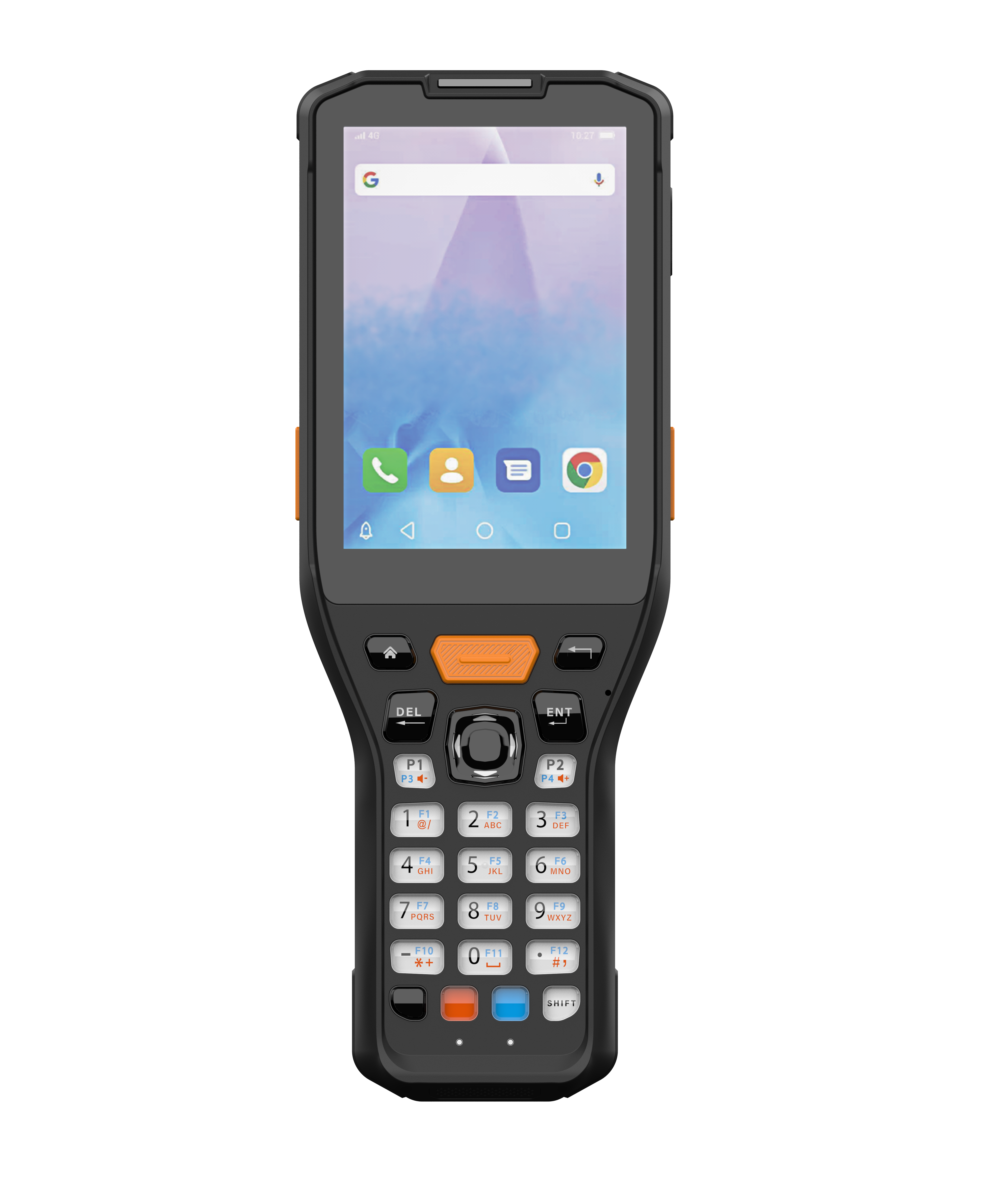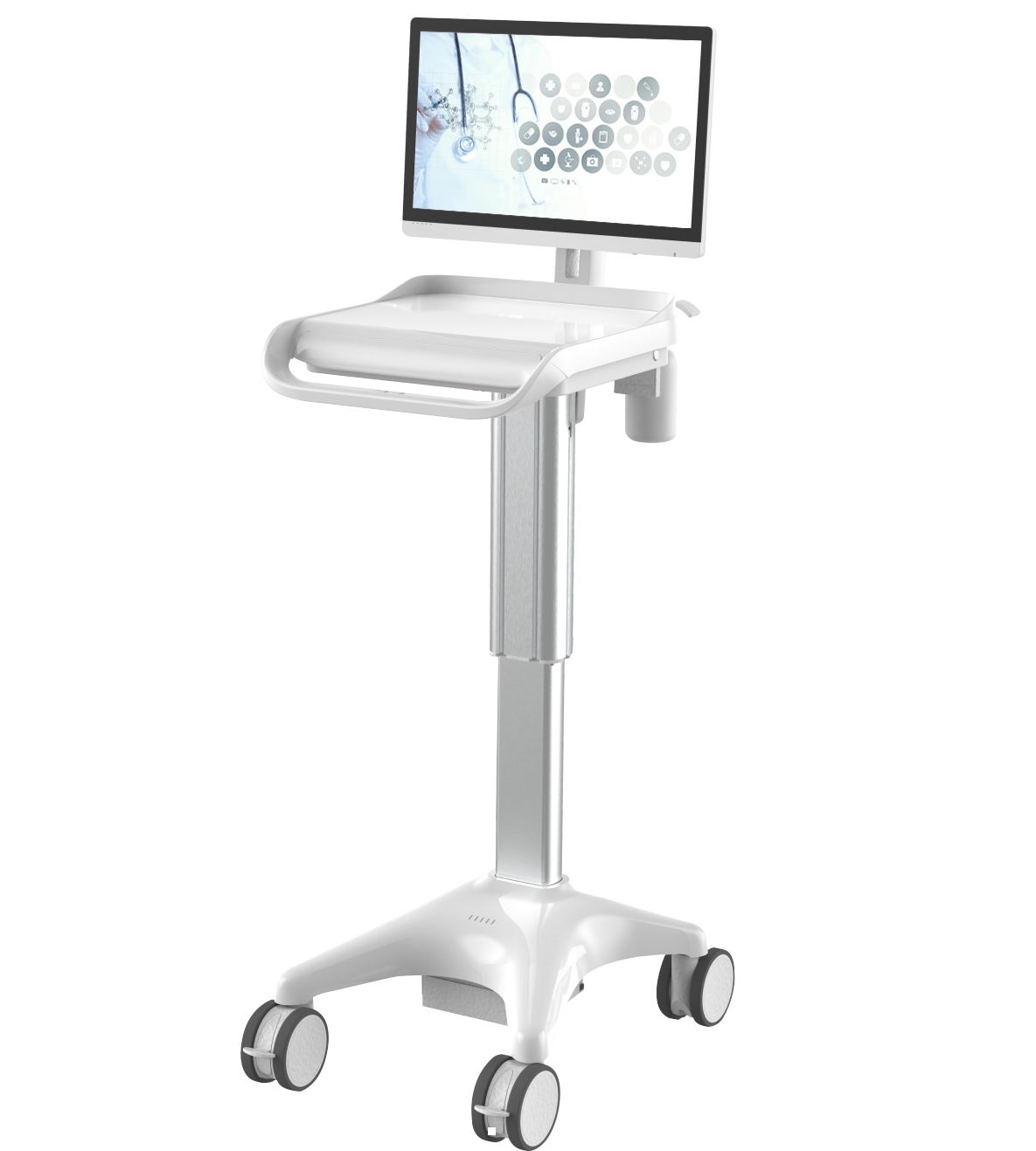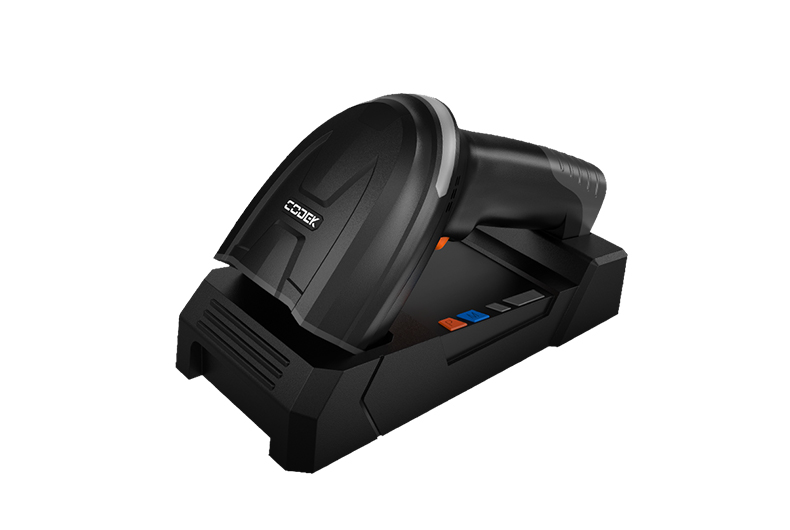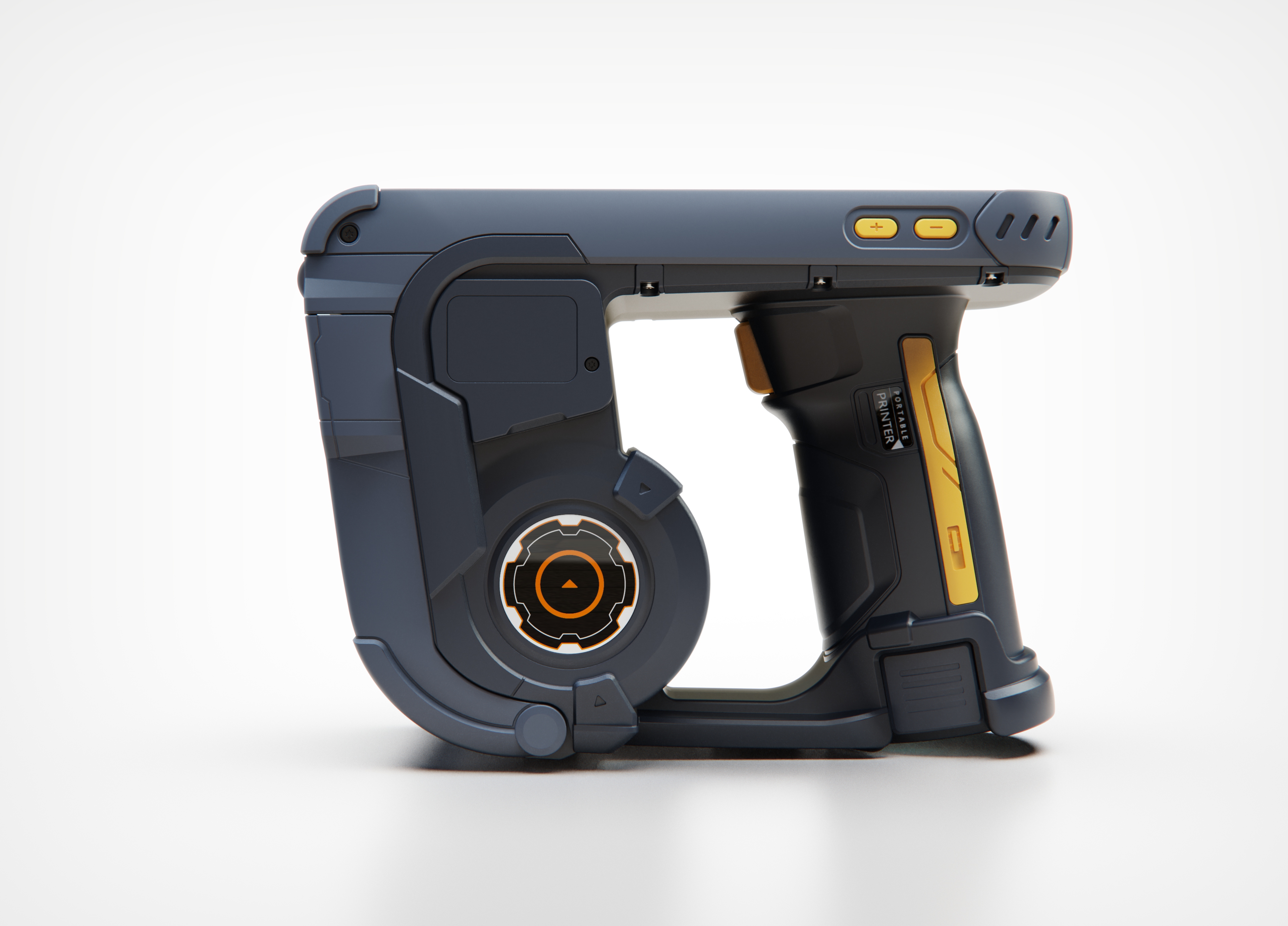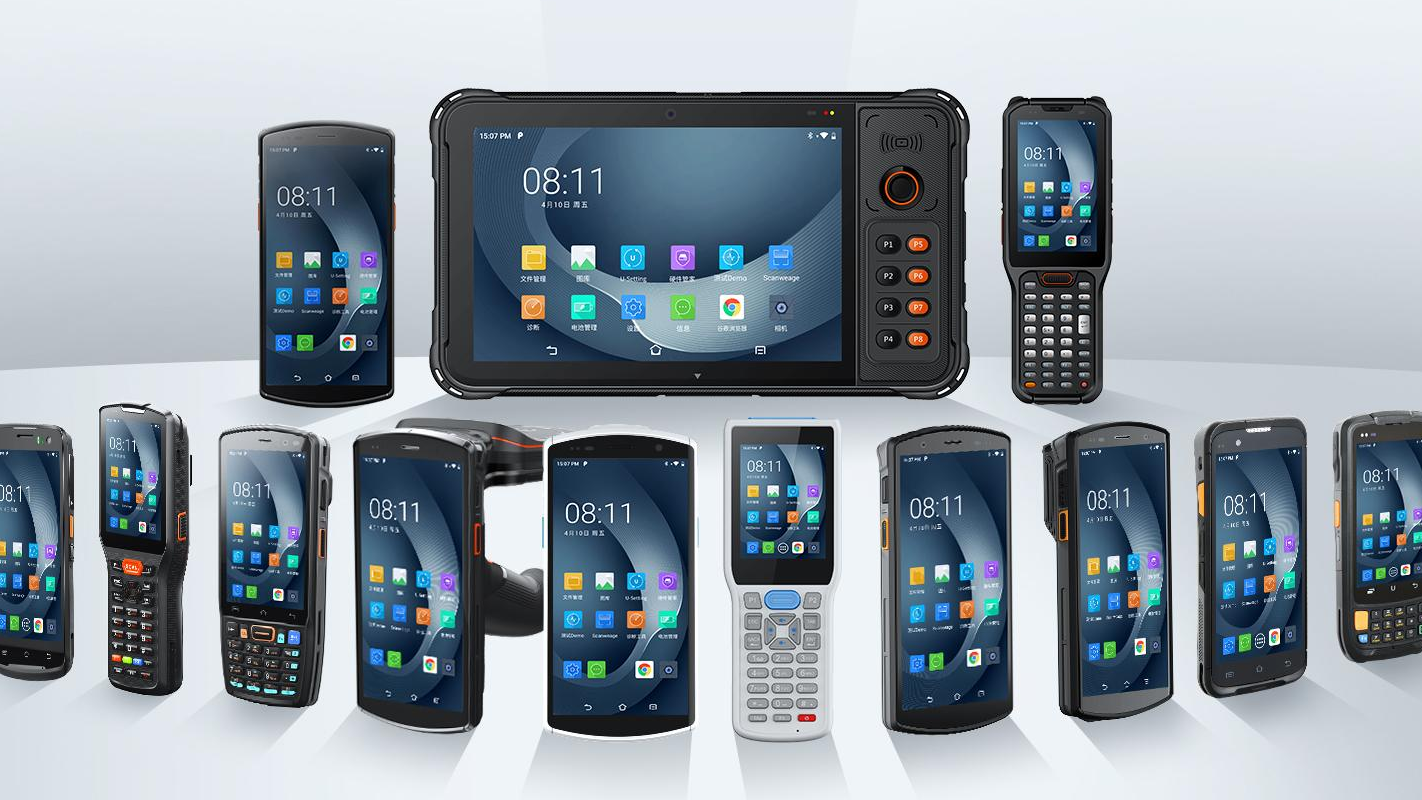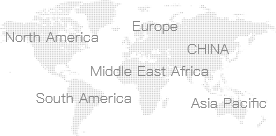Mobile Computers: Complete Guide to Mobile Device Management (MDM)
Mobile Device Management (MDM) has become one of the most widely-used technologies in recent years. According to a report, the Global Mobile Device Management (MDM) market value is estimated to be USD 4.1 billion in 2021. This indicator is expected to grow further at a CAGR of 20.2%, reaching USD 10.2 billion by 2026.
Mobile computers and MDM software can be an indispensable asset for businesses' efficiency if properly managed. On the other hand, if unmanaged can result in a lack of control over mobile endpoints, inefficiencies, and security risks.
This article will cover all the essential notions about MDM software. By the end, you will be able to make an informed decision, whether MDM and mobile computers are ideal for your business development.

Introduction to MDM solutions
Mobile Device Management (MDM) is a security software implemented by an IT department to monitor, manage and secure workers' mobile devices. An MDM software is used to secure mobile devices with multiple service providers and operating systems. The types of devices managed by an MDM solution includes:
Mobile phones
Consumer-grade tablets
Enterprise-grade tablets
Mobile computers
Desktop computers
Rugged devices (ruggedized phones, tablets, handheld scanners)
Wearables (smartwatches)
Virtual Reality (VR)
Non-Traditional Endpoints (IoT devices without traditional operating systems)
With MDM software business owners can easily supervise the entire device lifecycle. This means you will have full control over the equipment from deployment in batches, devices management, remote diagnosis, and cloud service.
Generally, MDM includes application management, file synchronization, and data security tools. In addition, an ideal Mobile Device Management software should be compatible with all common handheld device operating platforms and apps.
What is the difference between MDM, EMM, and UEM
Before looking at how MDM software works, we would like to clarify the difference between MDM, EMM, and UEM. These terms are commonly used interchangeably, yet they have a distinct meaning.
EMM
Enterprise Mobility Management (EMM) refers to the management of mobile devices with their relative applications (MAM) and contents (MCM). EMM can manage both company and employee-owned equipment separated from the host device.
UEM
The term Unified Endpoint Management (UEM) reflects the strategy of using a single management framework to manage all business endpoints or devices. UEM shares features and capabilities with both EMM and MDM solutions. In practice, UEM offers:
Mobile device management (MDM)
Mobile application management (MAM)
Mobile content management (MCM)
Mobile threat management (MTM)
Identity and access management (IAM)
Containerization
How do MDM solutions work
Returning to MDM, let us look at how this solution work.
Typically, MDM software operates either on-premise or in the cloud. Through MDM's management console, IT admins can remotely manage and configure the devices. Naturally, devices need first to be enrolled in the MDM server.
IT admins can utilize the management console to set up applications and configurations to devices over the air (OTA). In technical terms, the MDM server sends out a set of commands that are applied to all devices through an APIS built in the operating system.
Mobile Device Management key features
Features and supported operating systems vary based on the MDM software. Generally, you can view the device inventory, secure their data, manage apps and settings, enforce standardized usage policies, and update software remotely. Some solutions may be more elaborated, offering other services such as identity, access, and expense management.
Here, we have listed some of the MDM software key features:
Multi-device management
MDM solutions can be set up to enroll many devices into your organization at once. Apps and other content can be easily implemented into multiple terminals. Companies can manage all mobile content centrally as well as choose the information admins receive.
MDM servers collect hardware and software information. These feature support companies in keeping an inventory of the various equipment. Such information may include ownership, configurations, applications, localization, warranties, and security status.
Remotely troubleshooting devices
MDM software provides control over the entire device lifecycle. IT admins can configure devices remotely and carry out updates. In the eventuality of users experiencing issues, MDM central console can remotely access the devices for troubleshooting. Ultimately, following negative device diagnostic, IT admins can proceed with the equipment maintenance or replacement.
Neutralizing security risks
Security actions can be put into place to protect the device sensor data. For example, if an employee loses a device, admins can remotely track the equipment or wipe it to its default settings. MDM solutions enable businesses to enforce disk encryption, set up passcodes, and establish secure containers to separate restricted data from public ones.
Policy enforcement
Unified device policies are instrumental for companies to standardize device management. An even better option is customized policies to increase efficiency and comply with regulations. MDM allows companies to set up different policies by pre-determined configurations, restrictions, and applications installed on the device.
Automation
When a company manages multiple devices, automation is the key to improving productivity. Most MDM solutions carry out automated device enrollments through Android Zero-Touch, Apple Business Manager, or Samsung Knox Mobile Enrollment.
Once these built-in programs are connected to MDM software, enterprises can deploy all necessary settings and applications (according to business policies). Especially with multiple devices, automation can decrease human errors and increase device security without huge investments.

Urovo Technology
Urovo has developed a series of shortcut tools and platforms for managing the entire device lifecycle. These tools offer an efficient way to manage the organization devices from a single platform saving 90% of workforce and time costs while greatly improving management efficiency.
To complement an MDM solution, we provide a wide range of rugged mobile computers and tablets, such as our Industrial Mobile Computer RT40 and Rugged Tablets P8100.
Urovo hardware and MDM software benefit your business data management and security. Encrypted transmissions are shared from the mobile end to the cloud, enhancing security and resources sharing. In addition, the MDM software supports your business throughout each stage of the device management:
Device registration
Application management
Safety
Content management
Remote support
Device recycling
Ultimately, Urovo solutions let you automate your operations, effectively cutting costs and improving your overall investment return (ROI).
Our company is specialized in providing reliable, professional, and scalable services for our customer base. All Urovo solutions comply with ISO9001 quality management and ISO14001 environmental management systems.
Hopefully, this article provided more insights into MDM and mobile computers implementation.
Contact us to know more about the technology behind your business's success.


